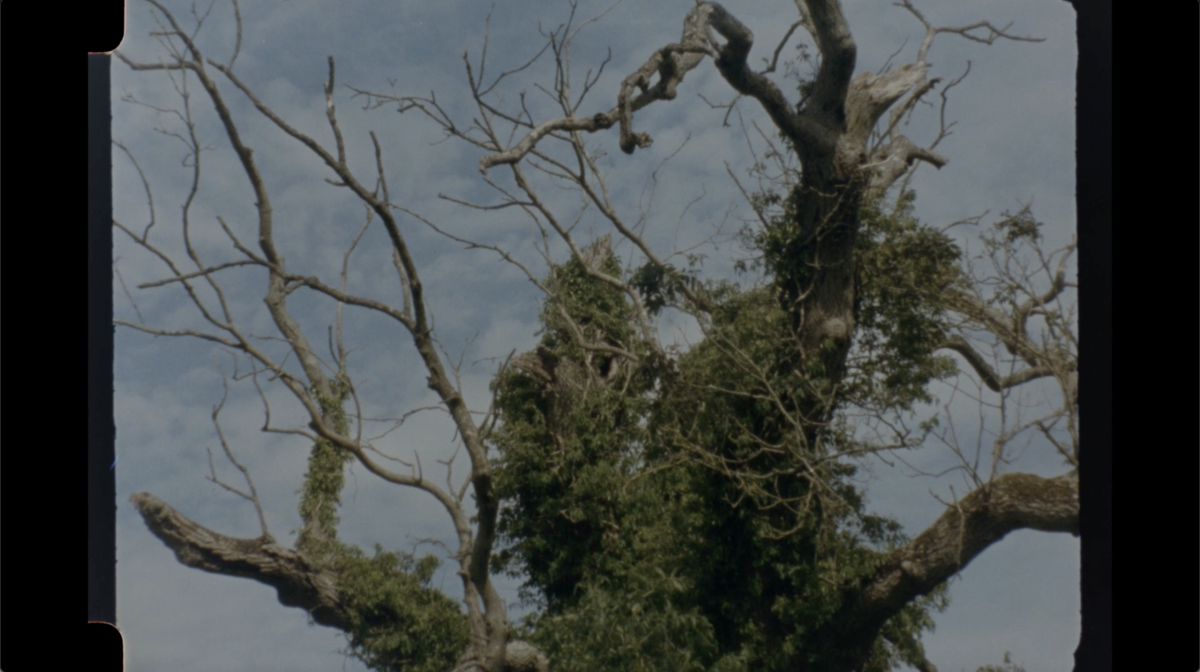-

EEL, 16mm transferred to 4k, 2025 WIP
According to myth, legend and gossip, eels evolved from horsehair submerged in water. The first recorded evidence of scientists looking into this phenomenon dating back to the 4th century BC. It has been estimated that around 100 million eels swim from the Sargasso Sea, up the Bristol Channel towards the wetlands and marshes of the Somerset Levels. However, their migration has been in steep decline (90-95% since the 1980’s) due to many factors, including draining and straigtening the rivers and the land for agricultural, industrial and habitation purposes.
EEL is a short, experimental 16mm film shot across the watery marshes, peatlands and ancient woodlands of Somerset. The film brings together stories, research, mythologies and folklore specific to Somerset, entangling themes of witchcraft, land enclosures and species extinction.
Supported by Curator Space & a-n